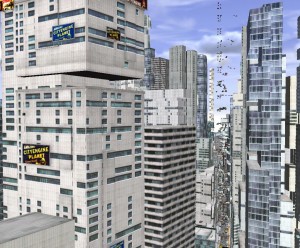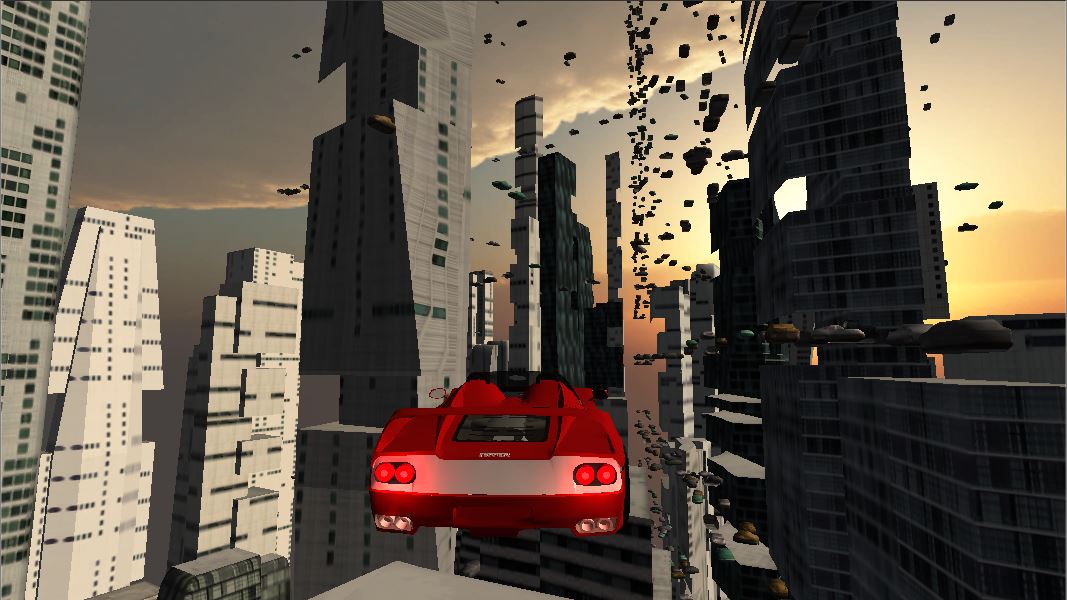- Home
- :
- All Communities
- :
- Services
- :
- Esri Technical Support
- :
- Esri Technical Support Blog
- :
- Exporting Textured CityEngine Models
Exporting Textured CityEngine Models
- Subscribe to RSS Feed
- Mark as New
- Mark as Read
- Bookmark
- Subscribe
- Printer Friendly Page
 CityEngine is a great way to create entire cities of textured, 3D building models without designing every building. These models can be used in 3D scenes, animations, and game platforms. However, when exporting models made in CityEngine to third-party software, there are a number of considerations. This blog post reviews settings options in the Export wizard to help you render CityEngine models in third-party software.
CityEngine is a great way to create entire cities of textured, 3D building models without designing every building. These models can be used in 3D scenes, animations, and game platforms. However, when exporting models made in CityEngine to third-party software, there are a number of considerations. This blog post reviews settings options in the Export wizard to help you render CityEngine models in third-party software.
When you select your models and open the Export wizard (File > Export Models), you must first choose a format. The formats available for exporting models from CityEngine 2015 to 3D modeling software are:
- Keyhole Markup Language (KML)
- CityEngine Web Scene (.3ws)
- Collada DAE
- Wavefront OBJ
- Autodesk FBX
- E-On Software Vue VOB
- Pixar RenderMan RIB
- Esri FileGDB
The format you select depends on what formats are supported by third-party software. Some software products partially support formats (e.g., the software supports geometry, but not textures), and others do not fully support texture (e.g., OBJ only allows for one texture layer).
Once you select a format, you must adjust several settings to ensure the models display correctly in third-party software. As these settings vary from format to format, I will cover the concepts involved, rather than specific settings for each format.
For more information about exporting models in CityEngine, check out the CityEngine documentation, this CityEngine Essential Skills video, the documentation of your third-party software, as well as the following Esri Knowledge based articles:
- HowTo: Export textured models from CityEngine into Blender
- HowTo: Export textured models from CityEngine into Unity

Rebecca R. - Desktop Support Analyst
You must be a registered user to add a comment. If you've already registered, sign in. Otherwise, register and sign in.
-
Announcements
70 -
ArcGIS Desktop
87 -
ArcGIS Enterprise
43 -
ArcGIS Mobile
7 -
ArcGIS Online
22 -
ArcGIS Pro
14 -
ArcPad
4 -
ArcSDE
16 -
CityEngine
9 -
Geodatabase
25 -
High Priority
9 -
Location Analytics
4 -
People
3 -
Raster
17 -
SDK
29 -
Support
3 -
Support.Esri.com
60
- « Previous
- Next »